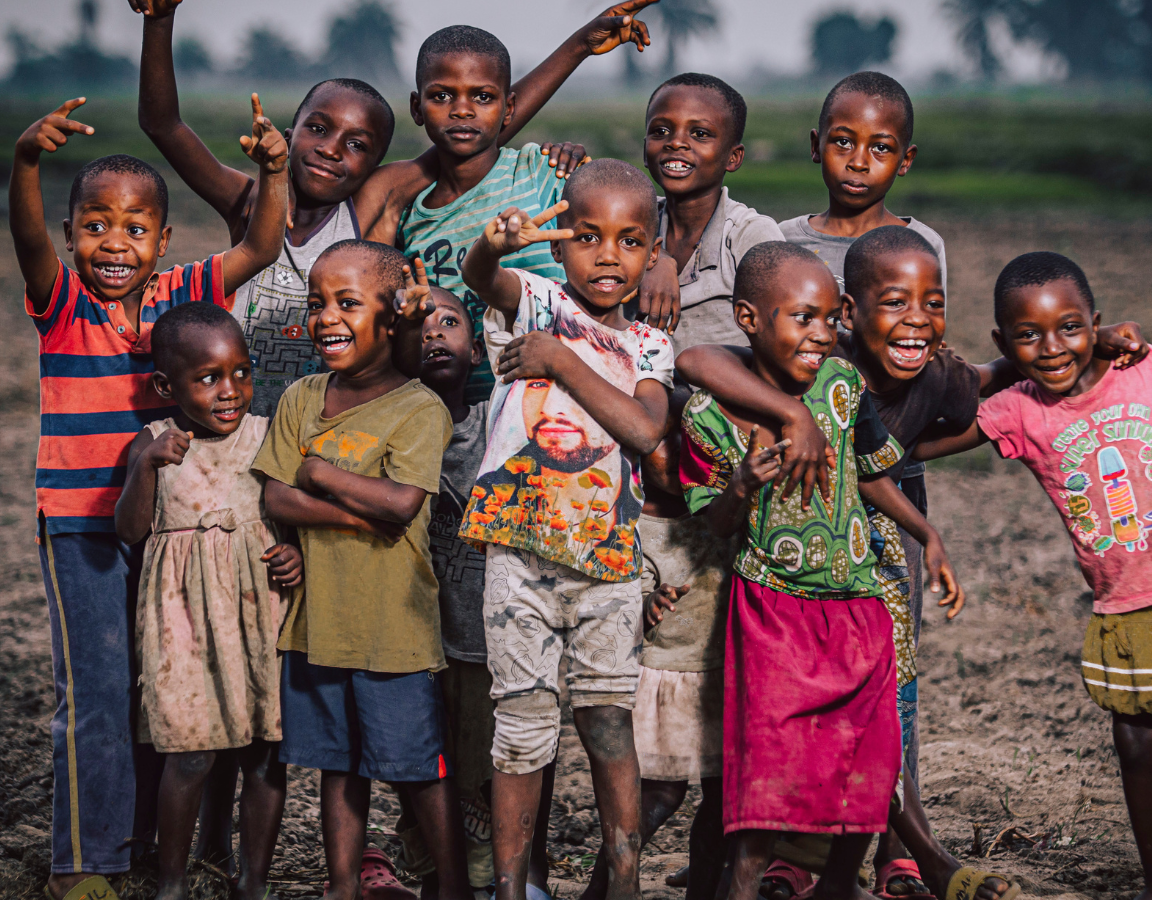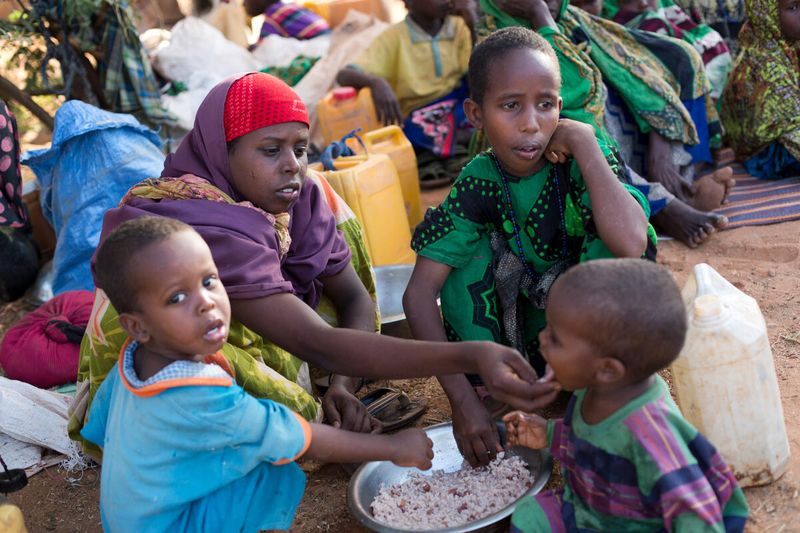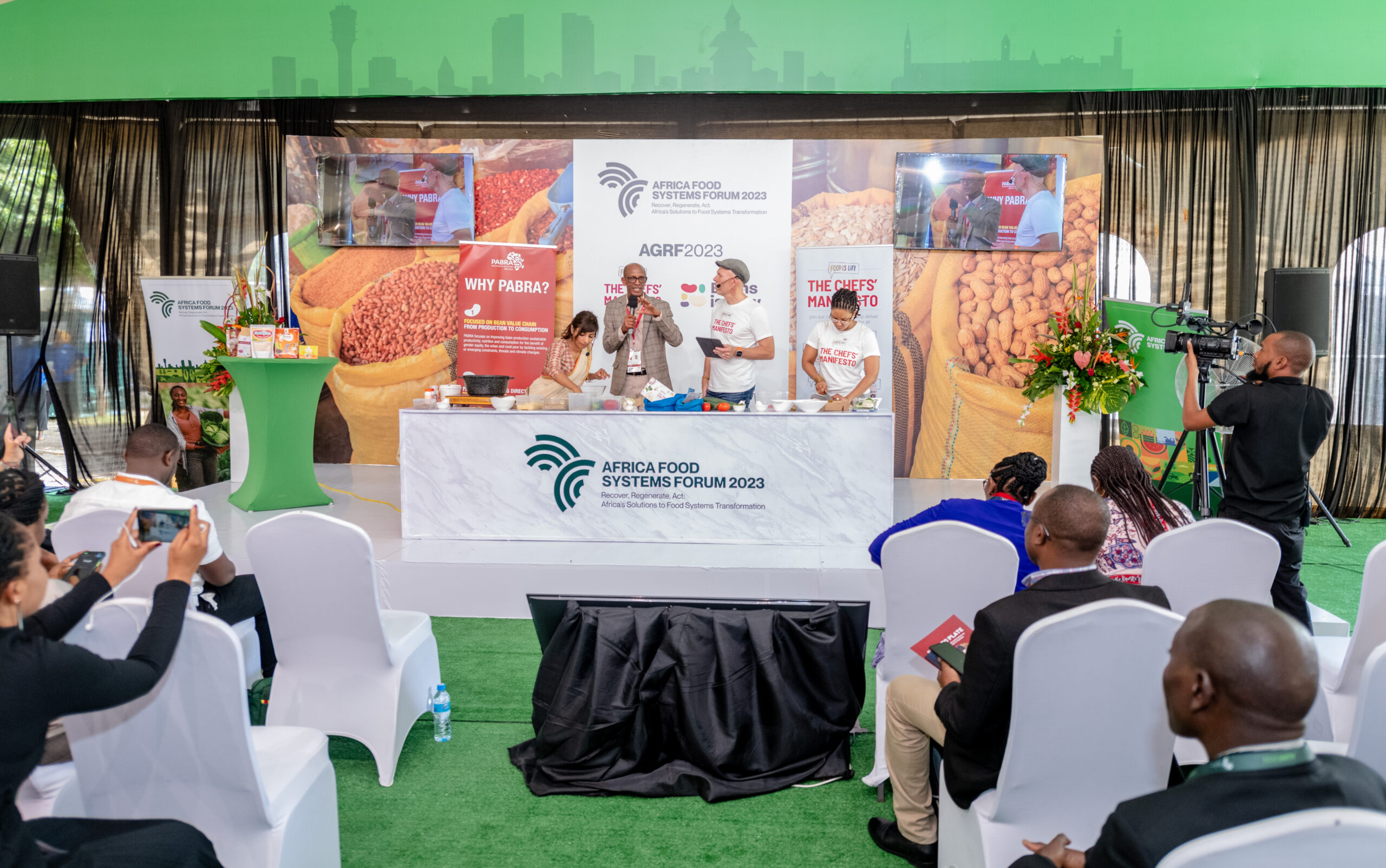In the developmental stages of childhood, the synergy between the right to education and the right to food becomes glaringly evident.
By Lavender Namdiero and Patrick Githinji
At the ordinary 37th African Union (AU) Summit, the AU will launch the theme “Educate an African Fit for the 21st Century,” echoing the global commitment to provide quality education throughout 2024. However, as we delve into the significance of education, it’s imperative to recognise that advocating for education cannot exist in isolation from the fundamental right to food.
In the developmental stages of childhood, the synergy between the right to education and the right to food becomes glaringly evident. Picture a child attending school on an empty stomach, struggling to concentrate as hunger pangs stunt both the growth of their brain and body and their learning potential. In this scenario, the right to education is compromised, highlighting the undeniable interdependence of these two fundamental human rights.
Alarming statistics underscore the dire food situation in Africa: 282 million people, or 20% of the population, face undernourishment, with a shocking increase of 57 million since COVID

The Horn of Africa faces a looming crisis as leaders debate whether ‘famine’ accurately describes the situation. A prolonged three-year drought has left over 23 million individuals in Ethiopia, Kenya, and Somalia facing extreme hunger. The drought has been followed by devastating floods, destroying livestock and farmland and displacing hundreds of thousands across the region. Even anticipated rains in March last year brought no relief, causing flash floods that exacerbated the humanitarian crisis, particularly in southern Somalia.
One primary driver of the food crisis in the Horn of Africa is the lack of access to adequate financing for climate adaptation and resilience-building initiatives. Despite existing international commitments to climate finance, funding allocation to vulnerable regions remains insufficient. Moreover, the complex bureaucracy and stringent eligibility criteria hinder countries in the region from accessing crucial climate finance.
In the Sahel, especially in Burkina Faso, Niger and Mali, food insecurity is not new; however, the current crisis has exacerbated the situation to alarming levels. A staggering 45,000 individuals face the imminent threat of reaching catastrophic levels of hunger, while approximately 16.5 million children under the age of five are poised to experience acute malnutrition. Among them, nearly five million are at risk of severe acute malnutrition, which can have debilitating consequences.
The conflict in the Sahel is a cause and consequence of food insecurity. Competition over scarce resources, particularly arable land and water, has fueled community tensions and escalated violence. In this sense, the conflict and food insecurity in the Sahel are deeply interconnected, each feeding into and exacerbating the other.

So, what’s the solution to ending hunger and its most deadly form of malnutrition and transforming food systems across Africa?
As the UN Secretary-General aptly said, “starving food systems of investment means, quite literally, starving people.”
So, what’s the solution to ending hunger and its most deadly form of malnutrition and transforming food systems across Africa?
The CAADP (Comprehensive Africa Agricultural Development Programme) is essential for addressing hunger and malnutrition in Africa by focusing on agricultural productivity, food security, poverty reduction, and economic growth. Aligning national agricultural plans with CAADP principles allows governments to support smallholder farmers, improve infrastructure, and promote sustainability. Collaboration among governments, civil society, and the private sector is crucial. Yet, political commitment, funding, and effective implementation are necessary for success. With determination, CAADP can lead Africa toward a future where all have access to nutritious food, eradicating hunger and poverty on the continent.
Smallholder farmers, often overlooked despite their pivotal role, are one answer. These entrepreneurs, our neighbours, are the linchpin of local, national, and regional food systems, producing most of the food in sub-Saharan Africa. Shockingly, most smallholders endure intergenerational cycles of hunger, malnutrition, poverty, and distressing health setbacks. In response, African smallholder farmers are using their voices to demand initiative from African leaders at the AU Summit through the Hungry for Action Campaign’s Call to Action. The question then becomes, what must be done?

Prioritising food sovereignty in Africa means embracing locally controlled, sustainable agricultural practices. Empowering women smallholder farmers is pivotal for enhancing productivity and fortifying local food systems against climate change and market volatility. Safeguarding indigenous knowledge and biodiversity is essential for long-term food security, investments in rural infrastructure, and agroecological farming promotion. This shift offers Africa a transformative opportunity for a more equitable and sustainable food future.
Investing in Africa’s youth is critical for transforming the continent’s food security. With Africa’s youthful population heavily involved in agriculture, directing resources towards enhancing their skills can substantially boost productivity and sustainability. Empowering youth can also foster entrepreneurship and cultivate leaders who advocate for food sovereignty policies.
Urgent international solidarity and financial support are needed for climate adaptation and resilience-building efforts in the Horn of Africa and Sahel regions. Donor countries and financial institutions must honour their commitments to provide adequate climate finance. Addressing the crisis in the Sahel requires a comprehensive approach that tackles conflict, climate change, and food insecurity through diplomatic efforts, aid, and long-term development initiatives.
The AU’s role in addressing food sovereignty is crucial given alarming hunger and malnutrition statistics. Past commitments have been hindered by insufficient political will and resources, demanding immediate action for Africa’s resilience. The outcome of the 4th CAADP Biennial Review is eagerly awaited, reflecting member states’ commitment to agricultural progress.
With AU’s recent inclusion in the G20 and President Lula da Silva’s emphasis on hunger eradication, there’s a foundation for championing Africa’s future. While the AU Summit focuses on education, addressing food sovereignty remains equally urgent. Let the 2024 AU Summit be a turning point in securing the right to food and Africa’s vibrant future.






